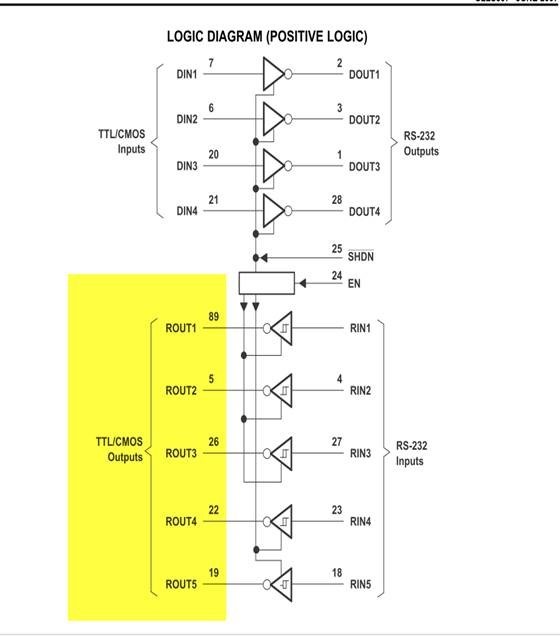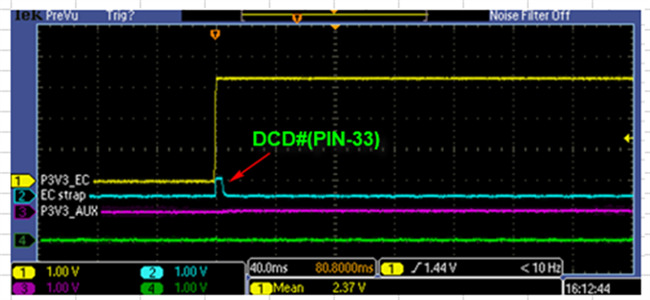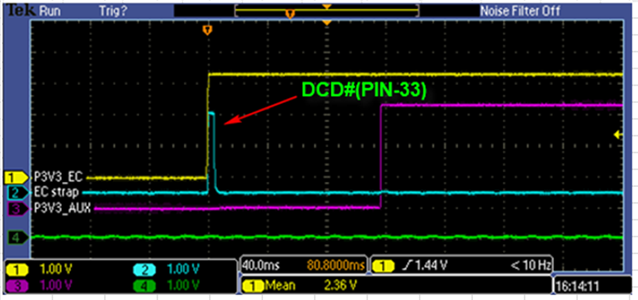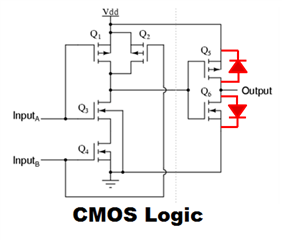Other Parts Discussed in Thread: SN74LVC1G34
Hi Expert,
May I know when there is no power in TRS213IDBR, what is the impedance status of TTL/CMOS output pins?
Is it pull-down or Hi-Z?
Where can I get these information? datasheet or any applications note?

BR,
Aaron Chen







